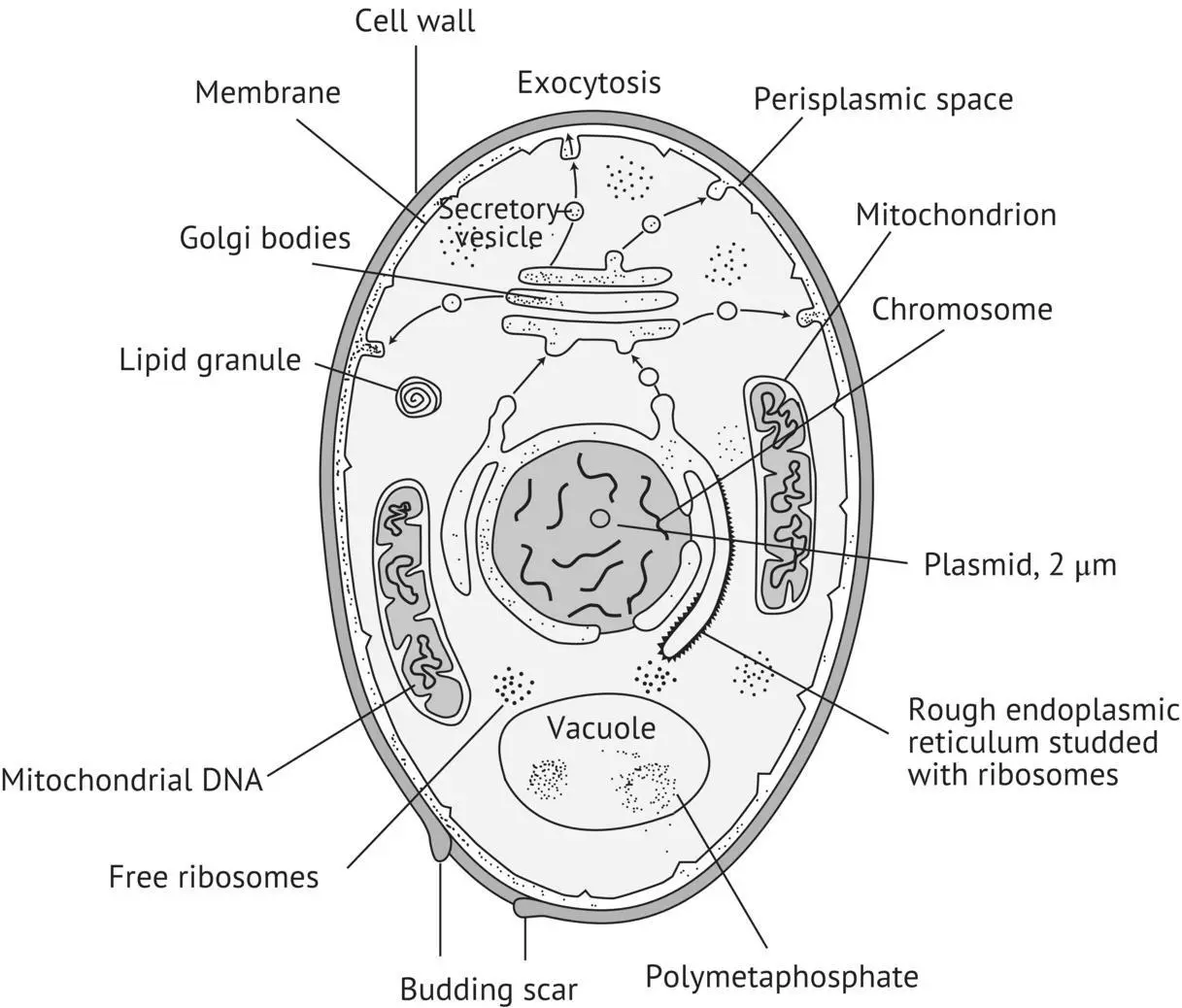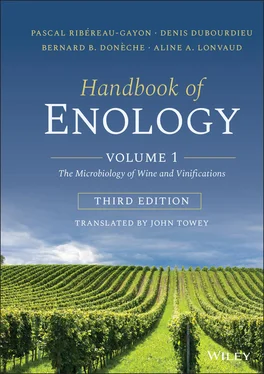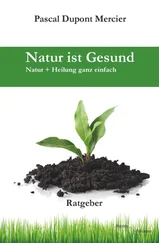1 ...7 8 9 11 12 13 ...41 Wine color intensity is expressed as: CI = OD420 + OD 520 + OD 620, or is sometimes expressed in a more simplified form: CI = OD 420 + OD 520.
Hue is expressed as:
The total phenolics concentration is expressed by OD 280. The analytical methods are described in Chapter 6 of Volume 2.
PART I Microbiology of Wine
1 1.1Introduction
2 1.2The Cell Wall
3 1.3The Plasma Membrane
4 1.4The Cytoplasm and Its Organelles
5 1.5The Nucleus
6 1.6Reproduction and the Yeast Biological Cycle
7 1.7The Killer Phenomenon
8 1.8Classification of Yeast Species
9 1.9Identification of WineYeast Strains
10 1.10Ecology of Grape and Wine Yeasts
Man has been making bread and fermented beverages since the beginning of recordedhistory. Yet the role of yeasts in alcoholic fermentation, particularly in the transformation of grapes into wine, was only clearly established in the middle of the 19th century. The ancients explained the boiling during fermentation (from the Latin fervere, to boil) as a reaction between substances that come into contact with each other during crushing to produce effervescence. In 1680, a Dutch cloth merchant, Antonie van Leeuwenhoek, first observed yeasts in beer wort using a microscope that he designed and produced. He did not, however, establish a relationship between these corpuscles and alcoholic fermentation. It was not until the end of the 18th century that Antoine Lavoisier began the chemical study of alcoholic fermentation. Joseph Louis Gay‐Lussac continued Lavoisier's research into the next century. As early as 1785, Adam Fabroni, an Italian scientist, was the first to provide an interpretation of the chemical composition of the ferment responsible for alcoholic fermentation, which he described as a plant–animal substance. According to Fabroni, this material, comparable to the gluten in flour, was located in special utricles, particularly on grapes and wheat, and alcoholic fermentation occurred when it came into contact with sugar in the must. In 1837, a French physicist named Charles Cagnard de La Tour proved for the first time that yeast was a living organism. According to his findings, it was capable of multiplying and belonged to the plant kingdom; its vital activities were the basis for the fermentation of sugar‐containing liquids. The German naturalist Theodor Schwann confirmed his theory and demonstrated that heat and certain chemical products were capable of stopping alcoholic fermentation. He named the beer yeast zuckerpilz , which means sugar fungus— Saccharomyces in Latin. In 1838, Franz Meyen used this nomenclature for the first time.
This vitalist or biological conception of the role of yeasts in alcoholic fermentation, obvious to us today, was not readily embraced. Justus von Liebig and certain other organic chemists were convinced that chemical reactions, not living cellular activity, were responsible for the fermentation of sugar. In his famous works, Studies on Wine (1866) and Studies on Beer (1876), Louis Pasteur gave definitive credibility to the vitalist view of alcoholic fermentation. He demonstrated that the yeasts responsible for spontaneous fermentation of grape must or crushed grapes came from the surface of the grape; he isolated several races and species. He even conceived the notion that the nature of the yeast carrying out the alcoholic fermentation could influence the taste characteristics of wine. He also demonstrated the effect of oxygen on the assimilation of sugar by yeasts and proved that the yeast produced secondary products such as glycerol in addition to alcohol and carbon dioxide.
Since Pasteur, yeasts and alcoholic fermentation have incited a considerable amount of research, making use of progress in microbiology, biochemistry, and now genetics and molecular biology.
In taxonomy, scientists define yeasts as single‐celled fungi that reproduce by budding and binary fission. Certain multicellular fungi have a single‐celled stage and are also grouped with yeasts. Yeasts form a complex and heterogeneous group found in three classes of fungi, characterized by their reproduction mode: Ascomycetes, Basidiomycetes, and the imperfect fungi (Deuteromycetes). However, yeasts found on the surface of the grape and in wine belong only to Ascomycetes and the imperfect fungi. The haploid spores or ascospores of the Ascomycetes class are contained in the ascus, a type of sac made from vegetative cells. Asporogenous yeasts, incapable of sexual reproduction, are classified with the imperfect fungi.
In this chapter, the morphology, reproduction, taxonomy, and ecology of grape and wine yeasts will be discussed. Cytology is the morphological and functional study of the structural components of the cell (Rose and Harrison, 1991).
Yeasts are the most simple of the eukaryotes. The yeast cell contains cell envelopes, a cytoplasm with various organelles, and a nucleus surrounded by a membrane and enclosing the chromosomes ( Figure 1.1). Like all plant cells, the yeast cell has two cell envelopes: the cell wall and the plasma membrane. The periplasmic space is the space between the cell wall and the membrane. The cytoplasm and the membrane make up the protoplasm. The terms protoplast and spheroplast designate a cell whose cell wall has been “artificially” removed in full or in part, respectively. Yeast cell envelopes play an essential role: they contribute to a successful alcoholic fermentation of must and release certain constituents that add to the resulting wine's composition. To take advantage of these properties, the winemaker or enologist must have a profound knowledge of these organelles.

FIGURE 1.1 A yeast cell (Gaillardin and Heslot, 1987).
1.2 The Cell Wall
1.2.1 The General Role of the Cell Wall
The works of various authors (Fleet, 1991; Klis, 1994; Stratford, 1994; Klis et al ., 2002) have greatly expanded our knowledge of the yeast cell wall, which represents 15–25% of the dry weight of the cell. The yeast cell wall essentially consists of polysaccharides. It is a rigid envelope, yet endowed with a certain elasticity.
Its first function is to protect the cell. Without its wall, the cell would burst under the internal osmotic pressure, which is determined by the composition of the cell's environment. Protoplasts placed in pure water are immediately lysed in this manner. Cell wall elasticity can be demonstrated by placing whole yeasts, sampled during their log growth phase, in a hypertonic (NaCl) solution. Their cell volume decreases by approximately 50%. The cell wall appears thicker, while the cytoplasmic membrane practically does not detach from it at all. The cells regain their initial form after being placed back into an isotonic medium.
Yet the cell wall cannot be considered an inert, semirigid “armor.” On the contrary, it is a dynamic and multifunctional organelle. Its composition and functions evolve during the life of the cell, in response to environmental factors. In addition to its protective role, the cell wall gives the cell its particular shape through its macromolecular organization. It is also the site of molecules that determine certain cellular interactions such as sexual union, flocculation, and the killer factor, which will be examined in detail in Section 1.7. Lastly, a number of enzymes, generally hydrolases, are connected to the cell wall or situated in the periplasmic space. Their substrates are nutritive substances of the environment and the macromolecules of the cell wall itself, which are constantly reshaped during cell morphogenesis.
Читать дальше













